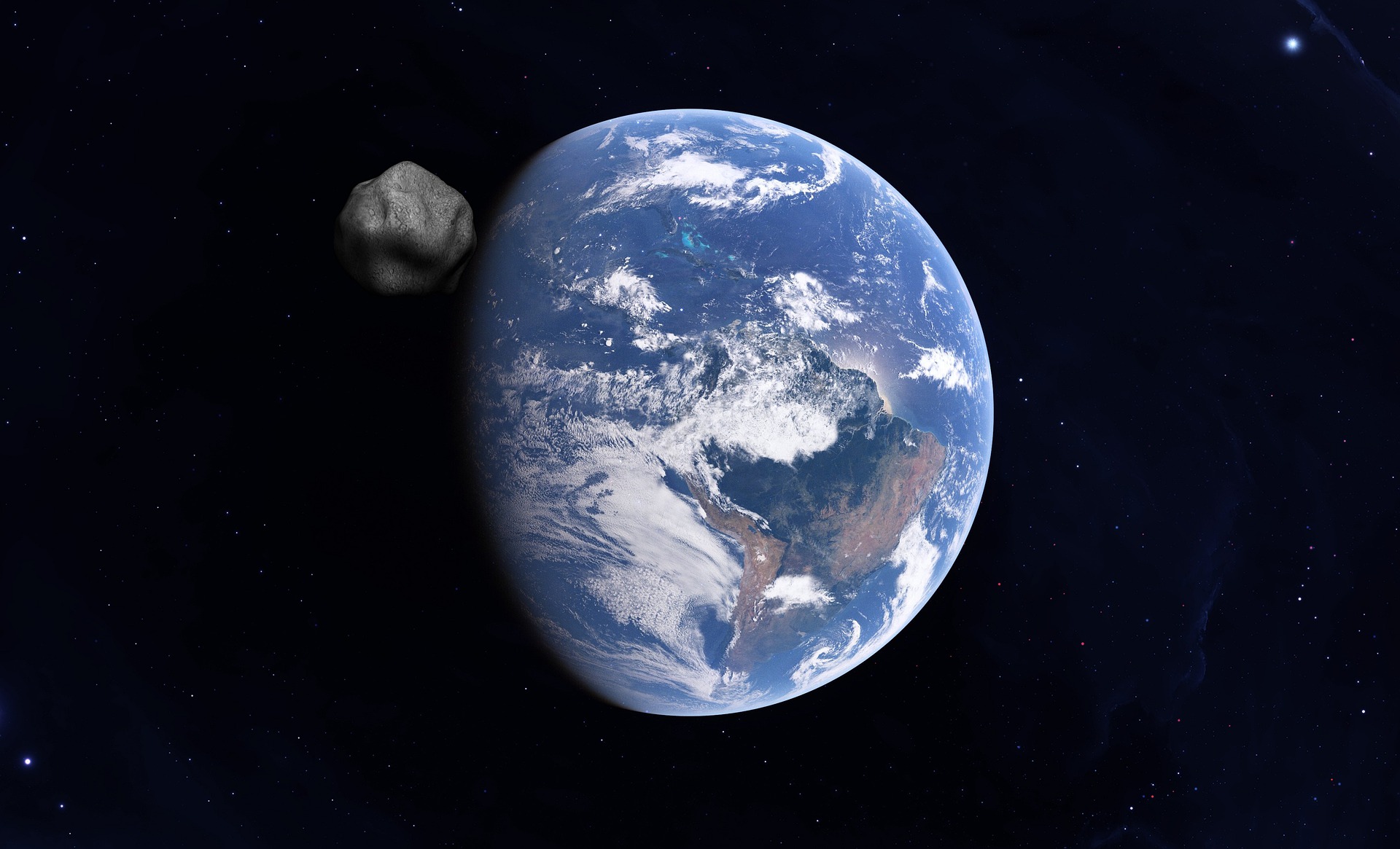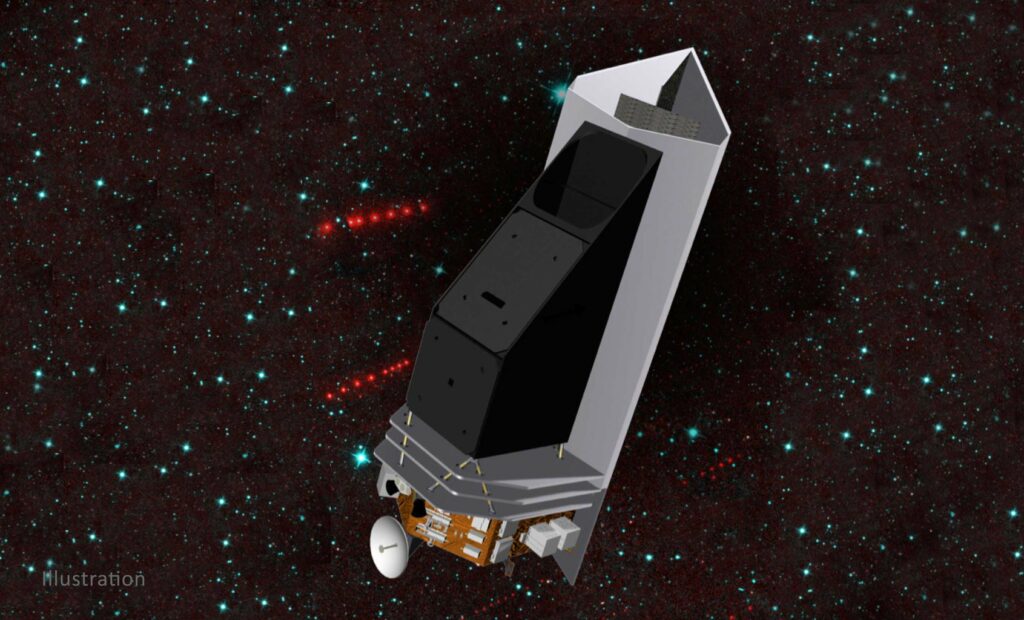NASA has finally approved the NEO Surveyor mission and approved its budget and schedule. The space telescope will be launched in 2028.
Near-Earth Asteroid Hunter
The roots of the NEO Surveyor project go back to the mid-noughties, when the US Congress set NASA the task of detecting 90% of near-Earth asteroids with a diameter of over 140 meters by 2020. In response to this, the NEOCam space telescope project was developed, designed to search for small bodies.

However, NEOCam never “took off”. The telescope project has repeatedly participated in the selection for the Discovery program, but each time NASA allocated funding to other missions that were considered more priority. As a result, NASA failed to fulfill the task set by Congress. According to recent estimates, so far astronomers have managed to detect only 40% of near-Earth objects. Under pressure from legislators and scientists in 2019, NASA developed a new telescope project for searching for asteroids, integrating NEOCam developments into it. The new device was named NEO Surveyor.
Technical Device NEO Surveyor
NEO Surveyor will receive a half-meter mirror and an infrared camera capable of shooting in the spectral range from 4 to 10 microns. Its working position will be located at a distance of 1.5 million km from our planet at the L1 Lagrange point of the Earth-Sun system, where it will be able to scan large areas of the sky in search of asteroids. It is expected that the telescope will be able to fulfill the task set by the Congress during the first ten years of its operation. The total service life of the NEO Surveyor should be at least twelve years.

According to NASA, the final budget of NEO Surveyor will be USD 1.2 billion, and its launch will take place no later than the summer of 2028. It is worth noting that this estimate is almost twice the amount mentioned during the initial announcement of the project in 2019. Then it was reported that about USD 600 million would be spent on the telescope, and its launch would take place in 2026.
Earlier we talked about the discovery on Mars of a crater left over from an asteroid which fell causing a megatsunami.
According to https://spacenews.com
Follow us on Twitter to get the most interesting space news in time
https://twitter.com/ust_magazine

